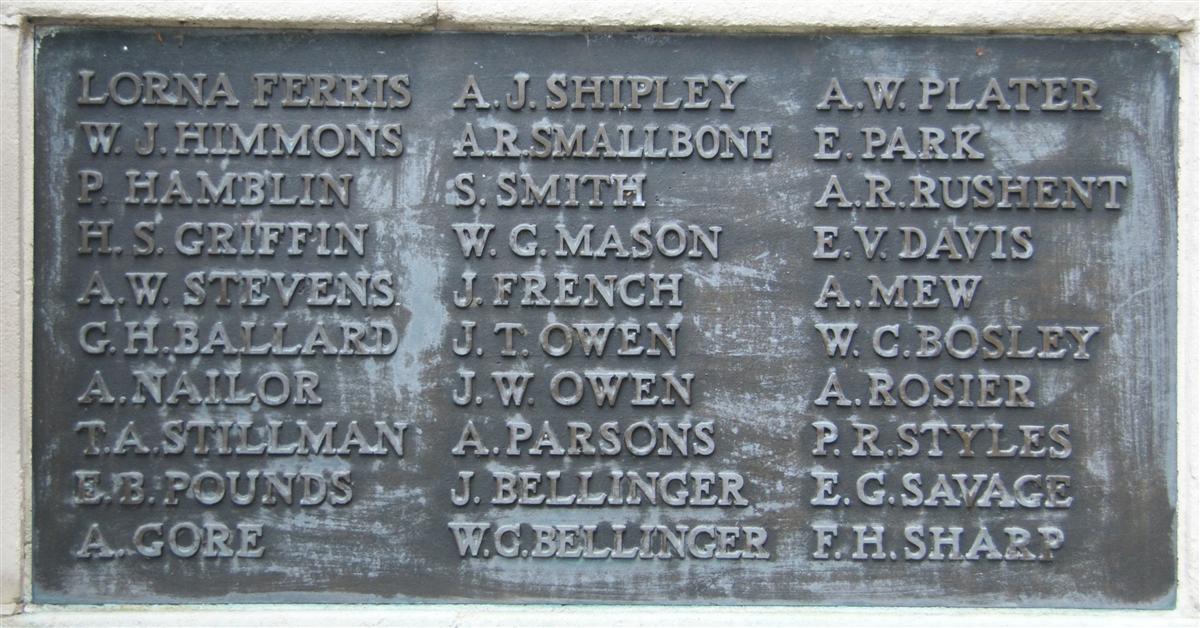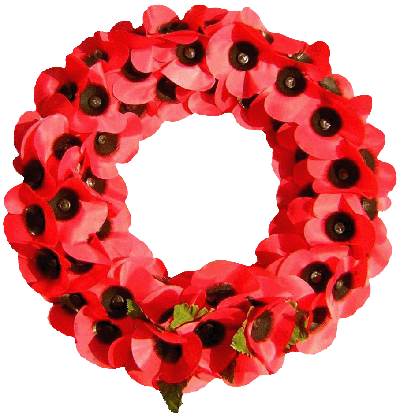John William Owen
Sergeant 10697 John William Owen, 300 Protection Company, Royal Defence Corps
John was born in 1865 in Deptford, Kent the son of David Owen, a sawyer, and his wife, Mary. In 1869 David died and Mary was left to look after the five children. John was the youngest and the only one born in Deptford; his sisters, Elizabeth and Ann appear to he been born aboard ‘shipping’ in Middlesex, his remaining sister, Martha, and his brother, Thomas, were born in London Docks.
The family lived at 1 Hamilton Place (behind 29 Hamilton Street) in Deptford while Mary supported the family by working as a laundress - back breaking work in the days before washing machines. The children found work as they grew up and left school. Thomas and John worked as porters, presumably in the docks or some associated warehouse. In 1891 John was lodging in Wandsworth and working as a carman; by the time of his marriage in 1895 he was a horse keeper, later he was a labourer in a cold store (1901), then a carpenter and builder (1911). In between these civilian occupations he also found time to serve in the army, as reported in a newspaper item regarding his son, also John:
Newbury Weekly News, 8 June 1916 – Local War Notes
... The father [John William Owen] is at present on service with the Royal Defence Corps, at Weston-super-Mare. He is an old soldier, having served in the 1st Dragoons, the 5th Dragoons, and the Carabiniers [sic], and took part in the South African War, for which he was awarded medals. ...
His main military service with the Dragoons was probably during the 1880s, when he could have served a standard seven year term between the ages of 18 and 25 (1883-1890). There is no trace of his service in the Carbineers unless he served under the name David John Owen (as his father was a David this would have been a memorable alias to adopt). David John Owen served with the Bushveldt Carbineers and earned the Queen’s South Africa Medal with clasps for Cape Colony, Orange Free State and Transvaal. This irregular unit became infamous when seven officers were tried for killing prisoners and civilians. [For the popular view of the trial see the film Breaker Morant]. Lt Morant and two others were found guilty, based on the evidence of men serving under them. All this service was as a cavalryman; it is not surprising that John was earning his living as a carman (driving a horse-drawn goods vehicle) or horse keeper in the early 1890s.
As mentioned above, John got married in Bermondsey in 1895, to Caroline Autry. This was not his first marriage, that took place on 7 November 1891 when John married Sara Ann Tester. Their son, John Thomas, was born on 17 September 1893. Sarah Ann died the following year leaving John with an infant child to care for. His child care woes were solved on 6 October 1895 when he remarried.
John and Caroline then began a peripatetic life, which is documented in the birthplaces of their children: Lilian Mary (Euston, 1896), Ivy Ethel V (Ludgershall, Wilts, 1903), Albert David (Appleshaw, Hants, 1905) and, finally, Walter Edward (Newbury, 1906)
The Owens moved to Newbury in 1905, settling at 6 Marsh Street (better known as Jack Street). It seems that John had finally found a job that lasted and they were still at the same address in 1919.
When war was declared in 1914 the old cavalryman was keen to do his bit and signed on with the local Territorials, the 4th Battalion, Royal Berkshire Regiment (No 4231), for one year’s service on the home front. His previous military experience evidently showed, because he was promoted to Corporal the same day as he enlisted as a private on 30 August 1914. Many old soldiers like John came forward at this time and they were found work guarding firstly internees and later prisoners of war - in John’s case with the No 3 Supervisory Company of the 4th Battalion. Before long John was promoted again, to Sergeant (11 February 1915). In 1916 Territorials like John from many regiments were brought together into the Royal Defence Force, those manning POW camps being formed into protection companies, John being transferred into 263 Protection Company on 29 April 1916. On 12 June 1917 he was posted to the 300 Protection Company . This last posting may have been the result of illness, soon after, on 29 August 1917 he was discharged from the army as unfit for further service owing to his chronic bronchitis.
His medical records have not survived, but his pension records show that he was immediately granted a pension of 16s 3d per week for 52 weeks.
John died on 26 September 1919 and was buried in Shaw Cemetery three days later. His death was announced in the local paper:
Newbury Weekly News, 9 October 1919 p5 – Deaths
OWEN. – Sept 26th, at 6, Marsh Street, Newbury, John William, dearly loved husband of Caroline Owen, aged 54 years, late Sergeant in R Defence Corps.
Following his death his widow, Caroline, may have found herself financially better-off – in October 1919 she was awarded a pension of £2 8s 7d per week for herself and the children. Of course, no pension could compensate for the loss of a husband; in Caroline’s case the situation was even worse - her eldest son, John Thomas was killed in action during the Battle of Jutland in 1916.

John Owen's name on Newbury War Memorial, immediately below that of his son. (middle) |
Both husband and son are remembered on Panel 1 of the Newbury Town War Memorial and both the parish memorial board and roll of honour in St Nicolas’ Church, Newbury.
However, John William Owen’s name does not appear on the national roll of honour held by the Commonwealth War Graves Commission. Efforts will be made to persuade the commission to add this old soldier to their roll.

Find a memorial :
| Died this day: | |
| 29 November 1917 | |
| R Smith | |
| Lower Basildon |

Like this site? Show your appreciation through a donation to a great charity.